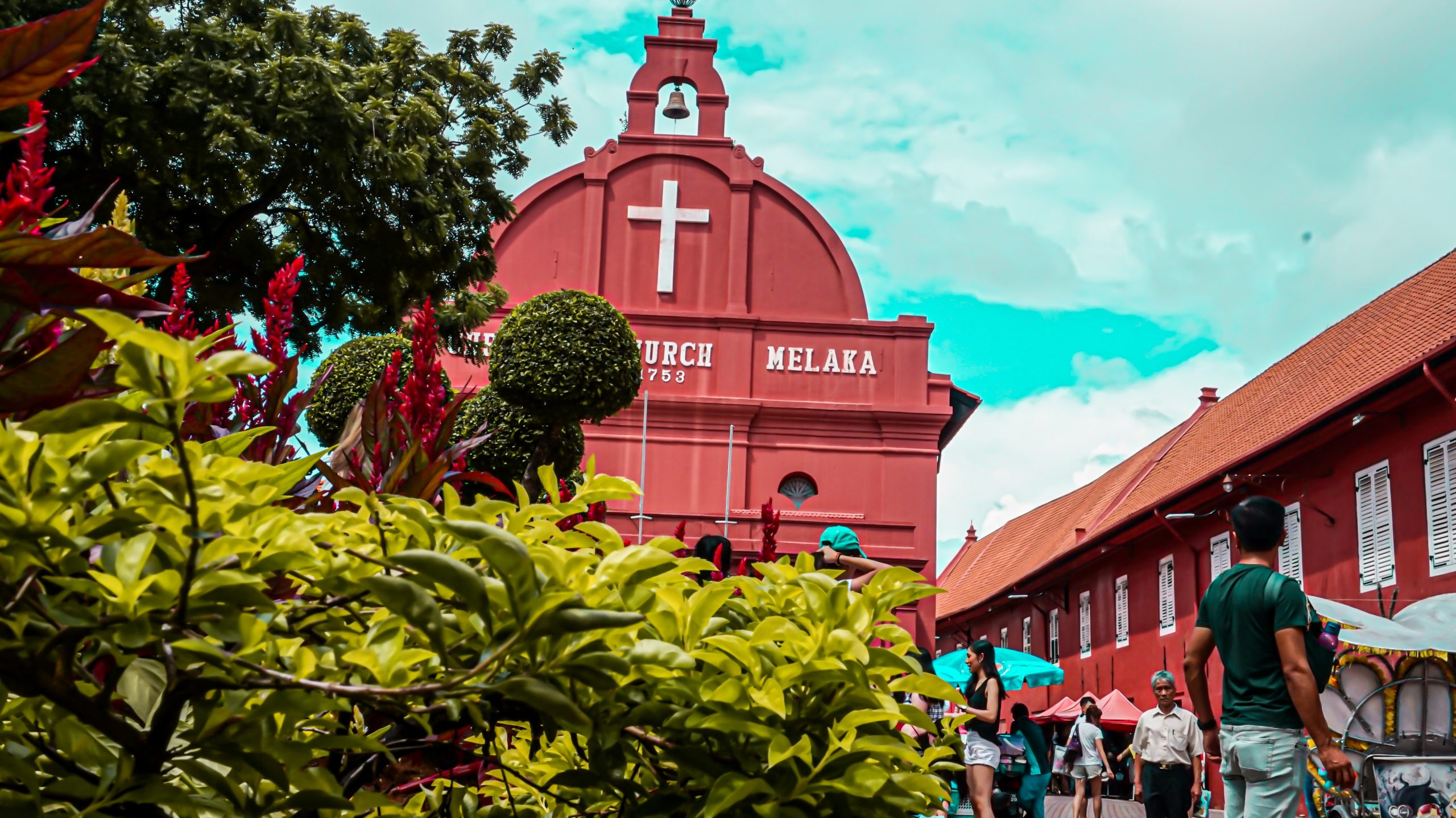
For the love of Dondang Sayang
Published on December 30, 2018 | by nst.com.my
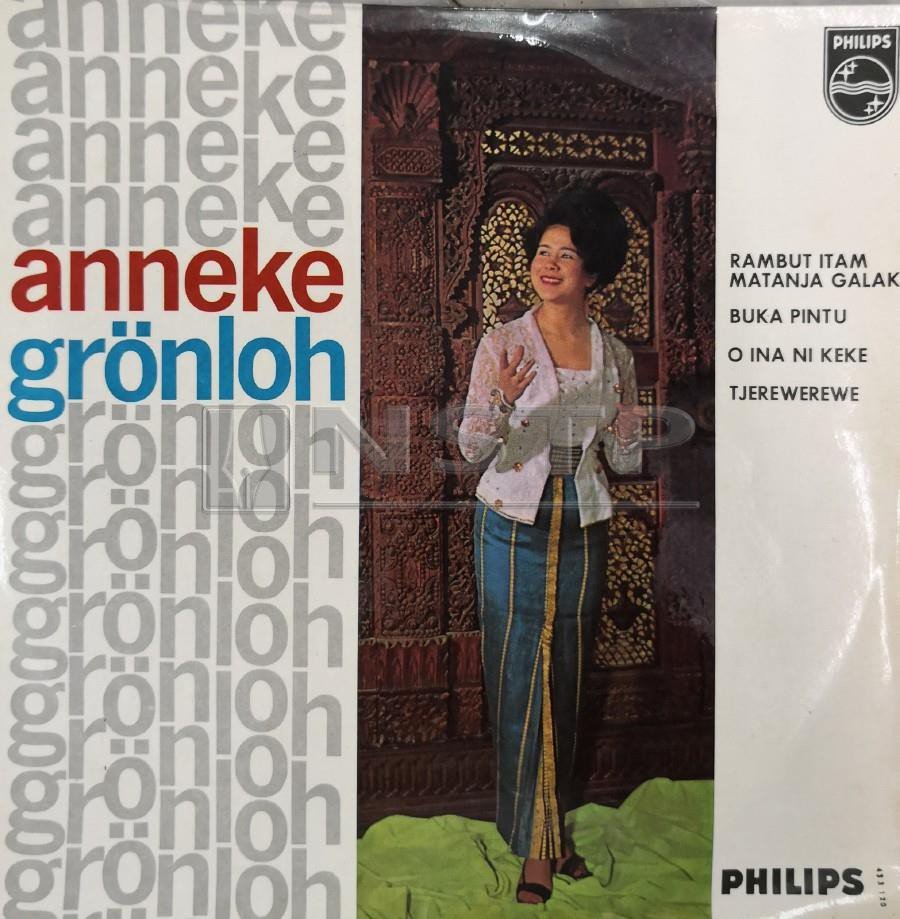 For the love of Dondang Sayang NEWS about the United Nations’ Educational, Scientific and Cultural Organisation (Unesco).
For the love of Dondang Sayang NEWS about the United Nations’ Educational, Scientific and Cultural Organisation (Unesco).
Recognising the Melakan performing art form Dondang Sayang recently as an intangible cultural heritage of humanity was welcomed by many.
The recognition was made under the Convention for the Safeguarding of Intangible Cultural Heritage 2003, which was ratified by Malaysia.
The last time Malaysia was given a similar endorsement was 13 years ago for the Mak Yong performance art form in 2005.
MAK YONG AND DONDANG SAYANG
The inclusion into Unesco’s listing will definitely ensure the preservation and protection of the identities of Mak Yong and Dondang Sayang as well as elevate their level of popularity among locals as well as foreign tourists.
I’ve been interested in Dondang Sayang for quite some time and have formed a modest collection of newspaper cuttings, books and photographs related to this traditional poetic art form.
Which is largely associated with the Malay and Chinese Peranakan communities in Malaysia and Singapore.
Although Dondang Sayang’s popularity reached its zenith in the decades after the Second World War, this art form has still managed to attract small pockets of die-hard fans until today.
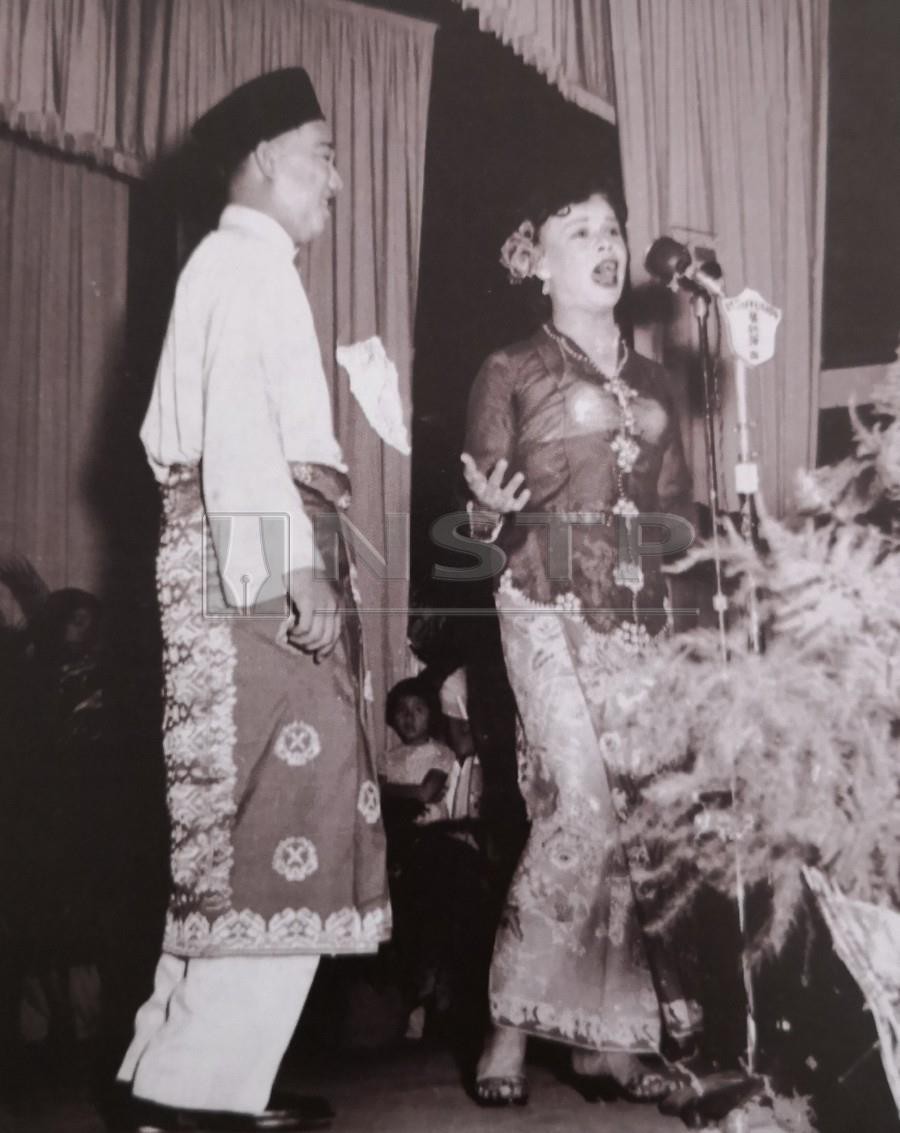
ORIGINS OF THE LOVE BALLAD
Experts believe that the term is derived from the Malay words dondang or dendang, meaning “to sing”, and sayang, which encompasses a wide range of definitions that include “love” and “longing”.
In general, many communities refer to the Dondang Sayang as a love ballad that conveys affectionate feelings of love and provide advice on moral issues such as compassion and tolerance.
Several popular versions tell of the origin of Dondang Sayang.
One says it originated from Riau, Indonesia, when it was introduced by Princess Wan Benai of Bintan Island in the 12th century.
DONDANG SAYANG THE 15TH CENTURY
Another, a more widely held belief, mentions of Dondang Sayang’s creation in the courts of Melaka around the 15th century.
Hikayat Hang Tuah, which gives a good account of life during the Melaka Sultanate, credits Malay warrior Hang Jebat with the introduction of this art form.
At that time, Dondang Sayang was a popular form of entertainment for the members of royalty as well as their invited guests.
Accompanied by graceful dancing maidens, this type of artistic expression later spread to the common folk who performed Dondang Sayang during major celebrations and traditional festivities.
DONDANG SAYANG THE 19TH CENTURY
After Melaka came under British rule in the 19th century, Dondang Sayang began to gradually spread to the other parts of the Straits Settlements, Singapore and Penang, before creeping deeper into the Malay Peninsula.
Towards the beginning of the 20th century, Dondang Sayang and other art forms in Malaya received a shot in the arm when the colonial government.
Began encouraging the development of moral, intellectual and artistic pursuits.
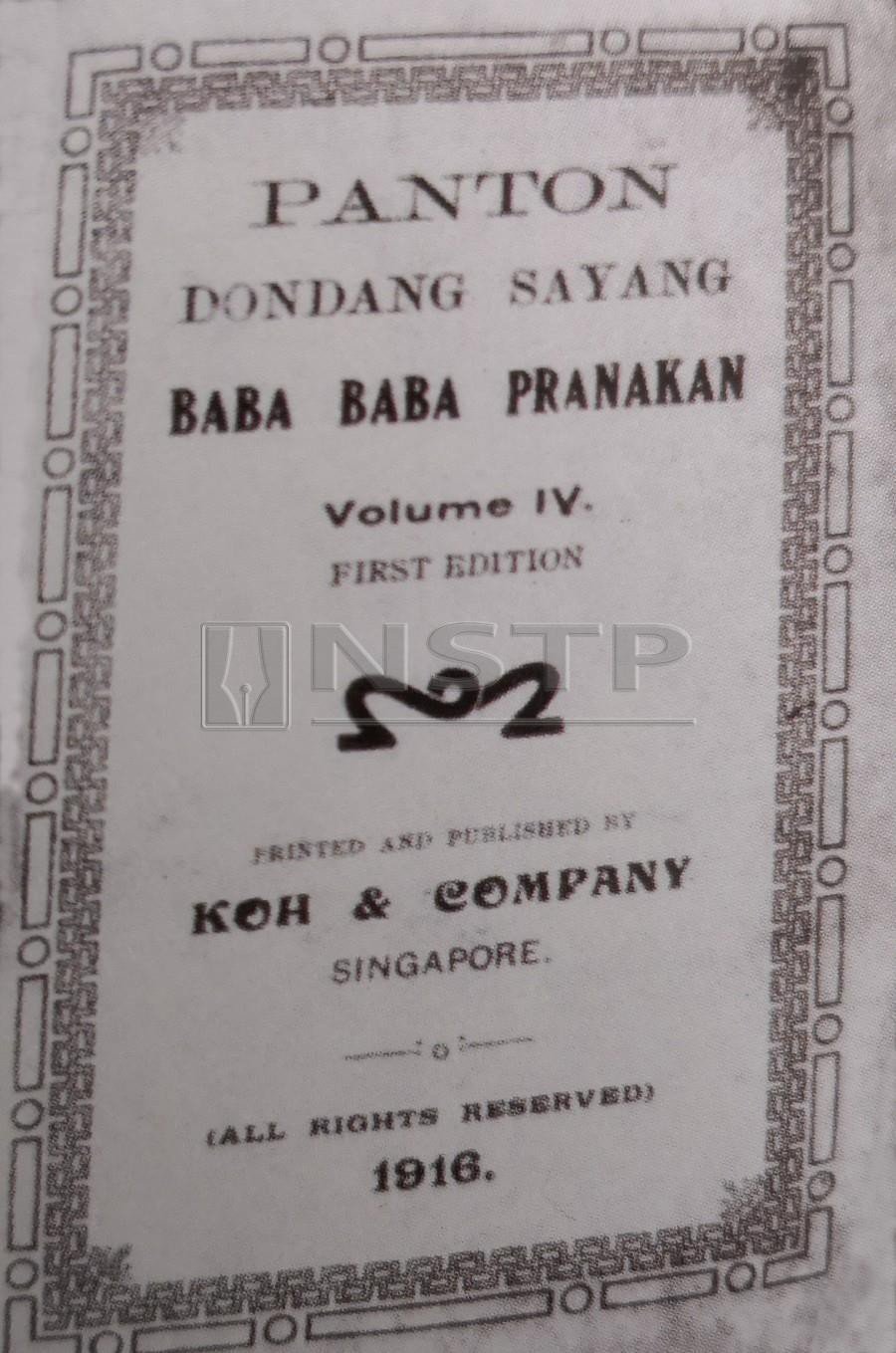
PANTUN EXCHANGE
The allure of Dondang Sayang lies in the intellectual battle of wits between two or more singers who try to pit their abilities against each other.
Through an exchange of extemporaneous pantun, a Malay poetic form, based on a chosen tajuk (theme or subject matter).
In public performances, Dondang Sayang is usually accompanied by music and sung as a duet between performers of the opposite sex.
In a light-hearted and sometimes humorous or sad manner depending on the mood of the moment.
These expressions, coupled with an interesting subject matter, are designed to attract the interest of the audience.
The topics for Dondang Sayang pantun are diverse. They include exemplary human acts like good deeds (budi) and love (kasih).
As well as those involving nature like bunga (flowers), buah-buahan (fruit) and luatan (the sea).
The Malay pantun used in Dondang Sayang are basically compositions with thinly veiled messages contained in a structure of four lines, each comprising four words.
Known as the simple-language pantun or plain-language pantun, the first two lines create suspense and foreshadow the message.
The third directly conveys the message of the subject under discussion, while the fourth delivers the punch.
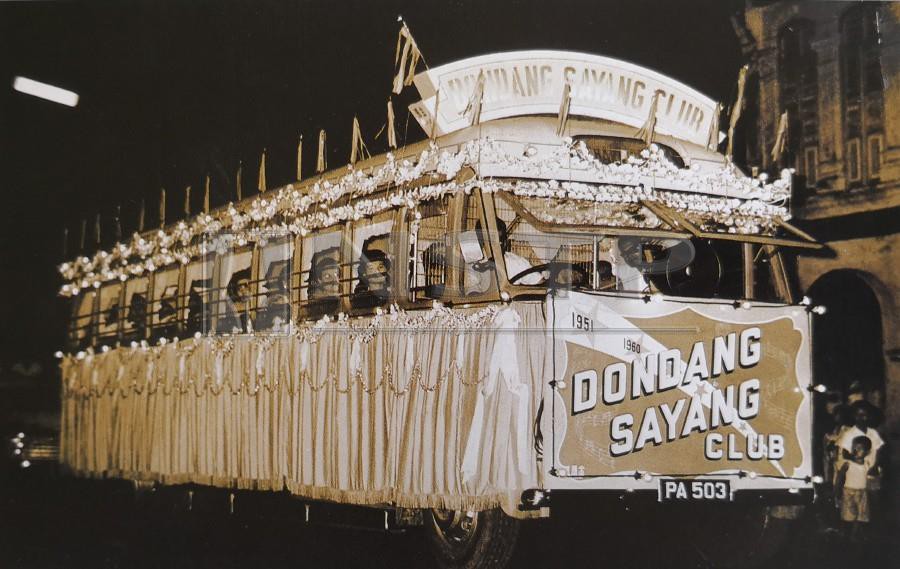
STIFF COMPETITION
At times, when competition is stiff, experienced singers switch to complex pantun that are filled with verses, which have multiple layers of meanings and allusions.
These deep-meaning pantun or metaphorical pantun involve a more complex three-tier system.
It begins with use of a higher-level subject that’s interpreted or expressed through a metaphor.
The pantun then continues to a middle-level subject before concluding with a scathing lower-level theme.
A popular complex pantun starts with love as the higher-level theme before it’s expressed metaphorically through the middle-level as a fruit.
Before finishing off with lower-level themes that may either scorn the opponent, give advice, brag or even act in humility.
Deeper layers of meaning may occasionally be modified to include repetitions and fillers that suggest political or specific community inclinations.
DONDANG SAYANG SINGERS
While Dondang Sayang performances are open to all, irrespective of age, occupation, status or religion, its practitioners must be individuals who are highly competent and skilled in poetry recitation.
They must memorise hundreds of pantun by heart and the more talented ones even have the ability to improvise on the spot to counter their opponent’s reply effectively.
As such, Dondang Sayang singers have to be quick-witted and have a good command of the Malay language as well as knowledge of the local customs and culture.
The art of pantun expression in Dondang Sayang is largely considered as a means of conveying positive messages and sharing feelings of love, joy and sorrow that help to strengthen community bonding.
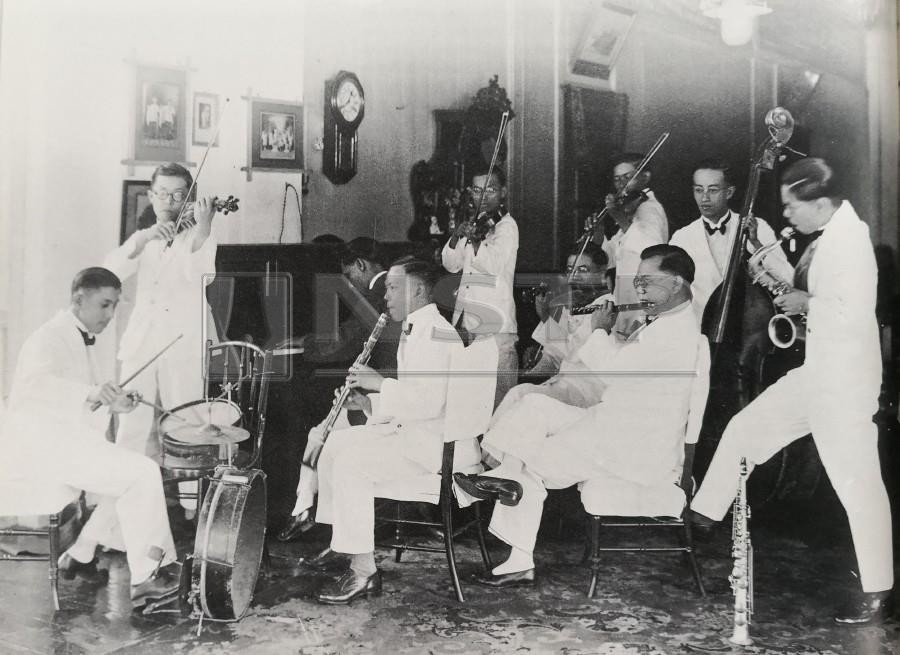
PRACTICE SESSIONS
Dondang Sayang enthusiasts often hone their wits by holding musical sessions at home with like-minded friends during the weekends.
These sessions may see up to eight or nine people sitting around a table with one selected to start with a verse, a second would reply and so on.
If a person is unable to rebut his or her opponent on-the-spot, then, the next person is allowed to take over.
These practice sessions help singers to develop a keen mind, a quick tongue, mastery of the language as well as knowledge of the diverse Malay proverbs and idiomatic terms.
PRE-RECORDED MUSIC
The use of pre-recorded music assist beginners in getting accustomed to the background melodies and gain confidence after mastering the tempo.
Among those in my music collection are much sought after vinyl records by Indonesia-born Dutch singer Johanna Anneke Grönloh.
Grönloh’s successful career began in the late 1950s and lasted more than a decade.
Apart from popular music and jazz, she was specially noted for her keronchong-styled songs like Bengawan Solo, Burung Kakatua and Nina Bobo that were often used to accompany Dondang Sayang sessions.
SMALL BAND OF MUSICIANS
Dondang Sayang sessions are usually accompanied by a small band of musicians playing the violin, two or three Malay hand drums (rebana) and a gong.
The violinist plays a primary role in the introduction and in providing a counter melody to the vocal expressions.
Most of the musicians are Malay except for the gong player who may either be Chinese or Indian.
During the vocal tussle, the beating of the rebana alternates with the gong to coordinate rhythm as well as highlight points made by the opposing sides.
These core musical instruments are sometimes accompanied by guitars, accordions, western drums, tambourines and flutes.
This mixture of Eastern and Western instruments points to an archaic cosmopolitan musical form with vestiges of Portuguese influence in this part of the world.
ROLE IN SOCIAL GATHERINGS
In the past, Dondang Sayang sessions were frequently presented during scene changes at bangsawan or Malay opera performances.
That were held in conjunction with weddings, completion of Quran reading courses and other major celebrations.
This form of public entertainment usually began after the late evening prayers and lasted until the break of dawn.
Dondang Sayang’s popularity as a traditional art isn’t only confined to the Malays and Straits Chinese as the recital of these beautiful melodious poetry strains also enjoys a strong following among the Chitty Peranakans.
And the Portuguese communities in Melaka.
The only difference between these versions is the language used to express the pantun.
Up to the 1960s, wealthy Peranakans held Dondang Sayang performances within the confines of their palatial homes during informal gatherings with family or friends.
At the same time, they established Dondang Sayang associations to further the interest among members of their community.
Among the more famous were the Singapore Gunong Sayang Association set up in 1910 and the Penang Dondang Sayang Club which was established after the Second World War.
During Chap Goh Meh (the 15th day of the Lunar New Year), club members travel around the city in gaily decorated buses to serenade the people with evergreen favourites like Chap Goh, Chap Lak and Burung Kakatua.
It’s not uncommon to have songs sung in a combination of the three main languages, Malay, Mandarin and English. Occasionally, Hokkien and Cantonese dialects are also incorporated.

MELTING POT OF CULTURES
This interesting mixture effectively produces a Chinese tune that’s accompanied by a regular Malay beat on the drums and the use of Arab quarter tones by the accompanying violinist.
Rounding off the cosmopolitan nature of the Dondang Sayang, revellers sometimes take up some English refrain and start waltzing to the Blue Danube.
The Straits Times reported about a particularly memorable Chap Goh Meh in 1956.
During that occasion, the Penang Dondang Sayang Club members organised musical parties by playing waltzes and hit tunes from Malay operas on bullock carts.
The Nightingale Melodians, a troupe of 40 young men and women hired an open charabanc, an early form of bus, and sang as they drove around George Town.
At the same time, the Amateur Keroncong Orchestra ingeniously hired an open boat and began serenading the people from the water.
Apart from Chap Goh Meh, Dondang Sayang also played an essential role during other festive occasions and celebrations like wedding dinners, birthdays and anniversaries.
At more lavish parties, Dondang Sayang sessions are complemented by traditional Malay performances like the Ronggeng and Joget.
The Straits Times in April 1956, reported that members of the Penang Dondang Sayang Club took part in a music party at the Jubilee Park.
The party featured many popular Malay songs and saw members of the public taking part in fancy dress and kebaya bandoeng competitions.
The event, sponsored by Shaw Brothers, also saw the participation of the Kepala Batas Gazal Party and Malay singers from Radio Malaya.
Influences from other communities began to make an appearance in Dondang Sayang performances when their popularity spiked during the post-war years.
Keen to take their minds off the sufferings of the Japanese Occupation, people from all walks of life began taking a serious interest in this art form.
This led to the incorporation of new musical instruments such as the tabla, a type of Indian percussion instrument, in performances as well as novel rhythmic patterns that were never heard of before.
Dondang Sayang Mambo, a fusion of the traditional art form and Latin dance styles, was a dance craze that swept across Malaya during the 1950s.
Western influences, which were perceived to be more modern and interesting, began making inroads in Malaysia and Singapore in the 1970s.
With that, interest in traditional art forms, including Dondang Sayang, among the younger generation began to wane.
Fortunately, this culturally rich tradition managed to survive to the 21st century thanks to selfless efforts made by many private as well as public figures.
The UNESCO recognition should serve as a wake-up call to formulate effective steps to help preserve our rich musical heritage.
With sound affirmative plans and unyielding support from the government, perhaps one day we can once again witness the wide spread popularity of our traditional art forms, especially that of the enthralling Dondang Sayang.








